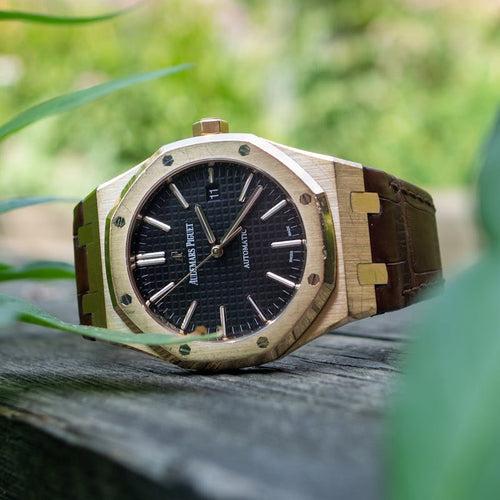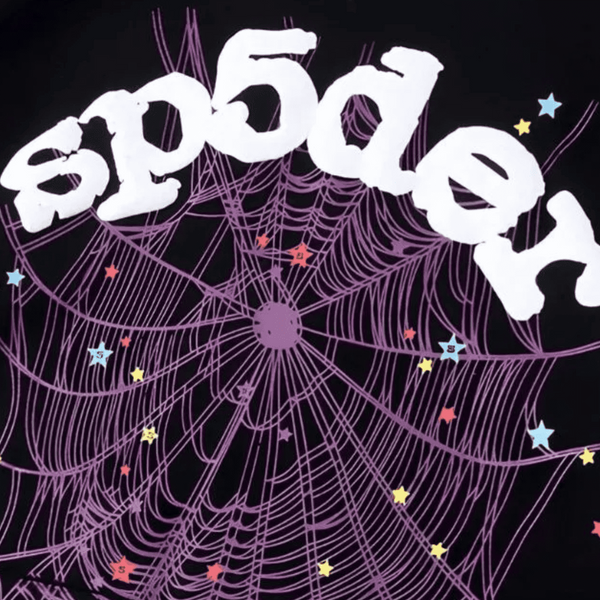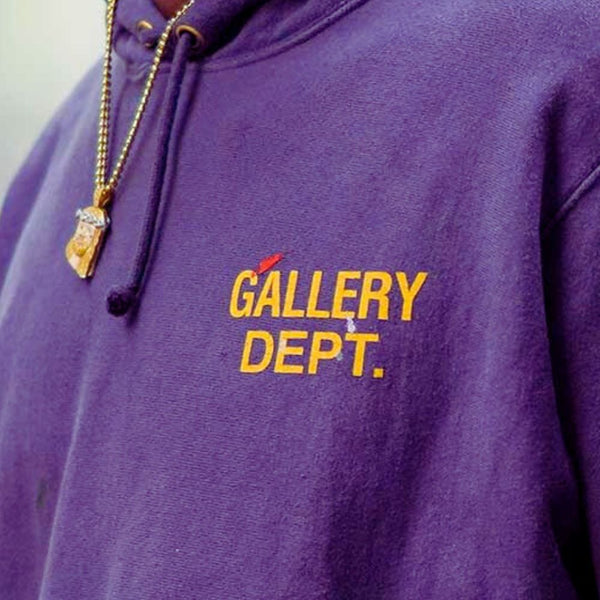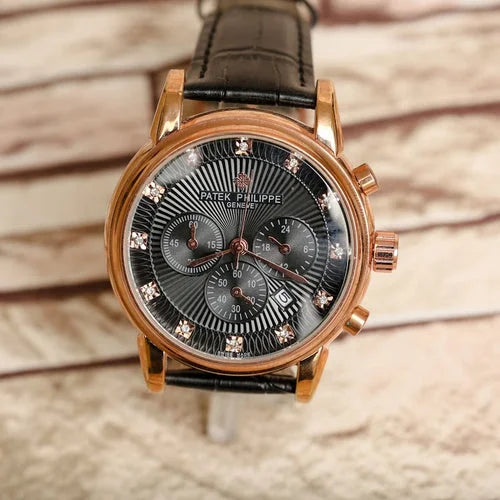Is It Illegal To Buy Counterfeit Goods?

Imagine shopping for a new bag or sneakers, and you come across lots of fake stuff.
This guide will help you understand the world of counterfeit goods, showing you the possible risks and issues that might affect you, like legal troubles and health dangers.
Let's dive in and make sense of it all.
Table of Contents
[ open ]Understanding Counterfeit Goods

When you're out shopping or scrolling online, seeing a fancy designer bag at a super low price can be tempting. But hold on before you spend your money – it's important to get what counterfeiting is all about.
Counterfeit goods is like the shady side of shopping. It's when people make fake versions of big-name products, pretending they're the real thing. Fake handbags, imitation sneakers – you name it, counterfeit goods are all over the place, sneaking into the market every day.
The folks behind these fake products aren't just copying; they're part of an underground world that loves tricking people. They copy logos, copy designs, and try to ride on the success of well-known brands.
International Laws and Agreements
Now, let's talk about the big picture. The fight against counterfeit goods isn't just happening in one country; it's a challenge all around the world. There are global agreements and groups trying to slow down this sneaky business.
Organizations like the World Trade Organization and the Agreement on Trade-Related Aspects of Intellectual Property Rights are in the mix.
These agreements make it possible for countries to team up against fake products. They create a plan to protect intellectual property rights. This means keeping the designs, trademarks, and patents of real products safe.
But, you know, the world is pretty huge and varied. The rules aren't the same everywhere, and some places might not be super strict about stopping counterfeit goods. So, even though there's a team effort against knockoffs, the fight keeps going, and not every place is equally committed to the cause.
National Laws and Regulations
Now, let's focus on the laws and rules in your own country.
Each country has its own way of dealing with fake products. Some places have strong rules and big punishments for people caught selling fakes. In other spots, the rules might not be as tough, making a mix of different legal systems.
Take the United States, for instance. They use something called the Lanham Act to fight against counterfeit goods. It lets brands take legal action against people selling knockoffs. If caught, the penalties can mean paying for damages and even giving up the money made from selling fake goods.
But, you know, enforcing these laws is a bit like playing whack-a-mole. Close down one fake-selling operation, and another might pop up somewhere else. The legal battle against counterfeit goods is like a back-and-forth struggle between the authorities and those trying to make a quick buck.
You May Also Like: Can You Sell Replicas Legally?
Risks and Consequences for Consumers

Counterfeit products have infiltrated various markets, posing significant risks and consequences for unsuspecting consumers. Understanding the potential dangers is crucial in this digital age where knock-offs can be easily produced and distributed.
Criminal and Civil Penalties
One big risk for buyers of fake goods is the chance of getting into legal trouble. This can mean criminal penalties or civil consequences.
On the criminal side, if you knowingly or unknowingly get involved in selling fake products, you could face big fines or, in serious cases, even go to jail.
On the civil side, the real owner of the original product might take legal action. This could lead to financial trouble for the buyer who thought they were making a legitimate purchase in good faith.
To stay out of legal messes when it comes to fake products, it's important for consumers to be aware and educated about what they're buying.
Health and Safety Concerns
Fake products don't just bring legal troubles – they can also seriously harm your health and safety. Knock-off medicines, electronics, and even food flood the market, putting people at risk of getting hurt, sick, or worse.
Imagine someone buys fake medicine, thinking it's the real deal. Since the folks making these fake drugs don't follow proper quality checks, it can lead to really bad health effects.
The same goes for fake electronic gadgets. They might not meet the safety standards that real companies follow. Knowing that counterfeit products isn't just a way to get something cheaper but can actually be dangerous is super important for buyers to make smart choices.
You May Also Like: How to Tell if a Designer Purse is Real?
Consumer Awareness and Education
In the fight against fake products, knowing and learning about them is like having strong weapons. The more buyers understand the risks and problems that come with counterfeit products, the better they can keep themselves safe.
Education should go beyond just knowing what fake products are. Buyers need to know which industries fake sellers often target and the possible dangers, like health and safety risks.
Companies and the government can help a lot with this education. They can do things like public campaigns, online info, and reaching out to communities to spread the word about how dangerous fake goods can be.
On top of that, buyers should be reminded to check if what they're buying is real. They can do this by buying products from trustworthy sellers, looking at labels, and being careful with deals that seem too good to be true. A buyer who knows a lot is a strong force against fake products. In the fashion industry, designer authentication services are becoming more and more popular as the amount of counterfeit products is rising.
Enforcement and Anti-Counterfeiting Measures
Governments and businesses are super important in stopping fake products. Strong rules and actions to stop counterfeiting are crucial to slowing down the spread of counterfeit products.
Collaboration Between Authorities and Industry
It's important for law enforcers, rule-makers, and business people to work together. They must share info, team up, and use smart plans to find and stop fake operations.
Technological Solutions
Cool tech advances are helping fight against counterfeit products. Things like blockchain, QR codes, and RFID tags let us follow products from start to finish. This tech not only helps authorities catch fake products but also lets buyers check if what they're getting is real.
Strengthening Intellectual Property Protection
Ensuring strong intellectual property protection is another key aspect of the battle against counterfeits.
This involves enhancing legal frameworks, streamlining processes for reporting and taking down fake products, and imposing stricter penalties on counterfeiters
Also Read: How to Grow Your Reselling Business
Conclusion
In the world of fake products, we need to be careful and smart. The risks go beyond just losing money – they include legal troubles and health dangers.
Governments, businesses, and us, the buyers, all need to do our part to fix this. Tough rules, cool tech, and better protection for ideas all help in the fight against counterfeit products.
As shoppers, it's important to learn, be careful with shady deals, and buy from places we trust. This not only keeps us safe but also helps break down the whole fake goods thing. When we're smart and know what's going on, we become a strong team against fake products.
















